The Kawasaki KFX 50 is a popular all-terrain vehicle (ATV) that caters to young riders and offers a fun, thrilling off-road experience. However, like any other vehicle, it is not without its flaws.
Over the years, there have been numerous reports of problems and issues with the Kawasaki KFX 50, ranging from minor annoyances to major safety concerns. As a responsible and informed consumer, it is essential to be aware of these problems before investing in this ATV.
Here, we will look at some of the most common issues reported by KFX 50 owners, their potential causes, and possible solutions. Whether you are a parent considering purchasing this ATV for your child or an avid rider looking for a reliable off-road vehicle, we’ll provide valuable insights into the Kawasaki KFX 50 problems, helping you make an informed decision about its purchase and maintenance. So, without further ado, let’s delve into the world of the Kawasaki KFX 50 and its challenges.
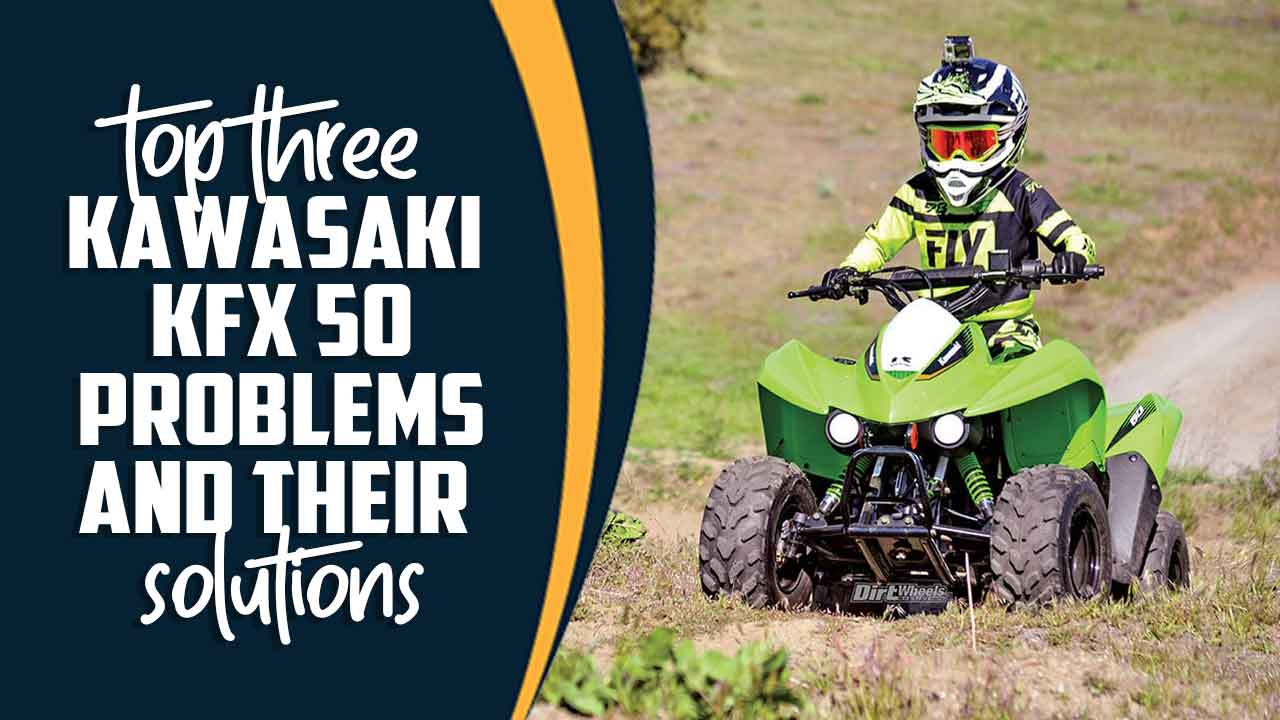
6 Common Kawasaki KFX 50 Problems And Fixes
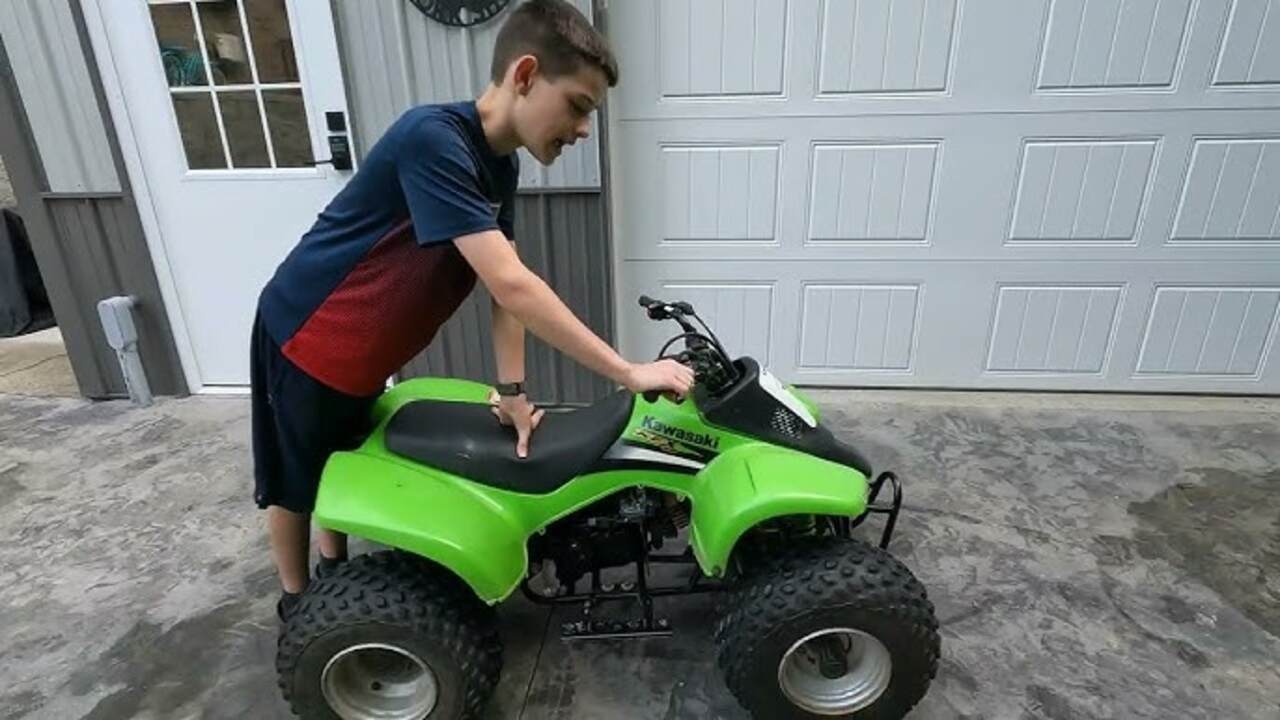
The Kawasaki KFX 50 is a versatile and reliable all-terrain vehicle that combines safety and performance in a compact design. With its durable construction and user-friendly features, the KFX 50 is ideal for young riders just starting off-road.
The Kawasaki KFX 50 is popular among young riders due to its small size and ease of use. However, like any other vehicle, it has its share of problems. Here, we will discuss six common issues that 6 Common Kawasaki KFX 50 problems and fixes.
1.Engine Issues And Troubleshooting
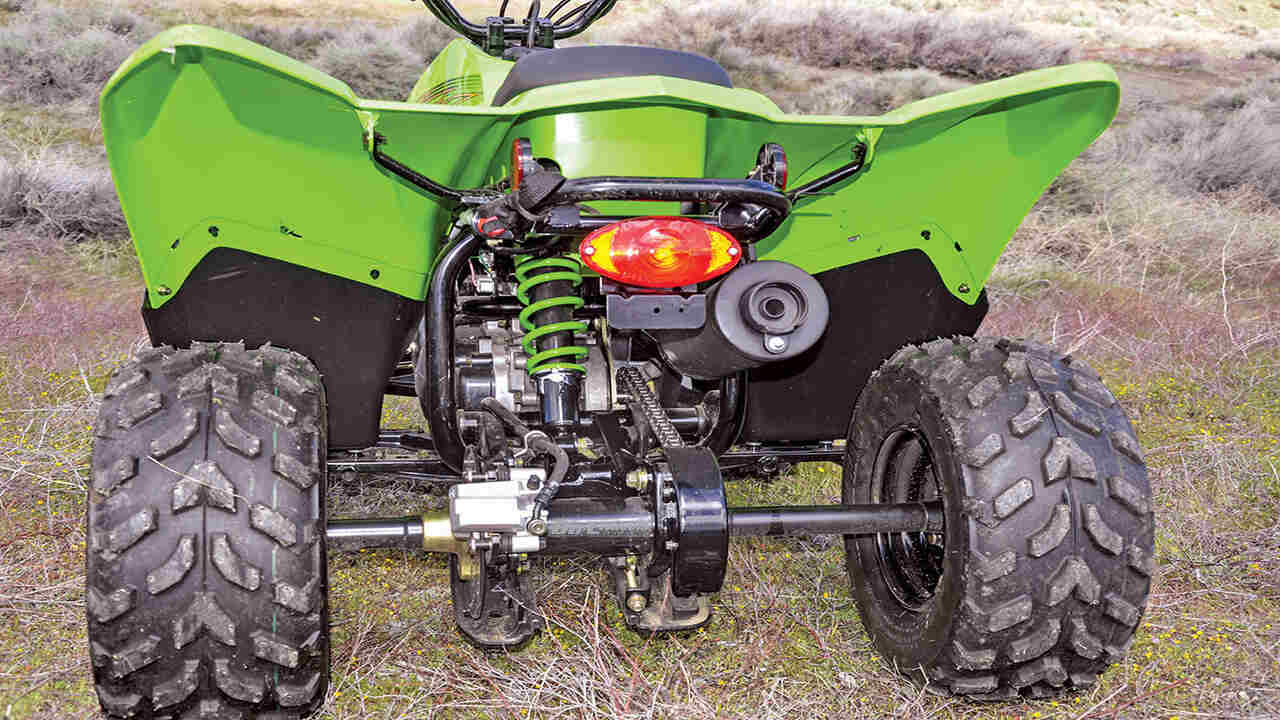
One common problem that Kawasaki KFX 50 owners may encounter is engine issues. These can manifest in various ways, such as difficulty starting the vehicle, poor performance, or unusual noises coming from the engine. One potential cause of engine problems could be a clogged or dirty air filter.
It is important to regularly clean and replace the air filter to ensure proper airflow and prevent debris from entering the engine. Another issue that riders may face is a faulty exhaust system, which can impact both performance and fuel efficiency. Inspecting the exhaust for any leaks or damage and repairing it as needed can help resolve these issues.
2.Transmission And Clutch Problems
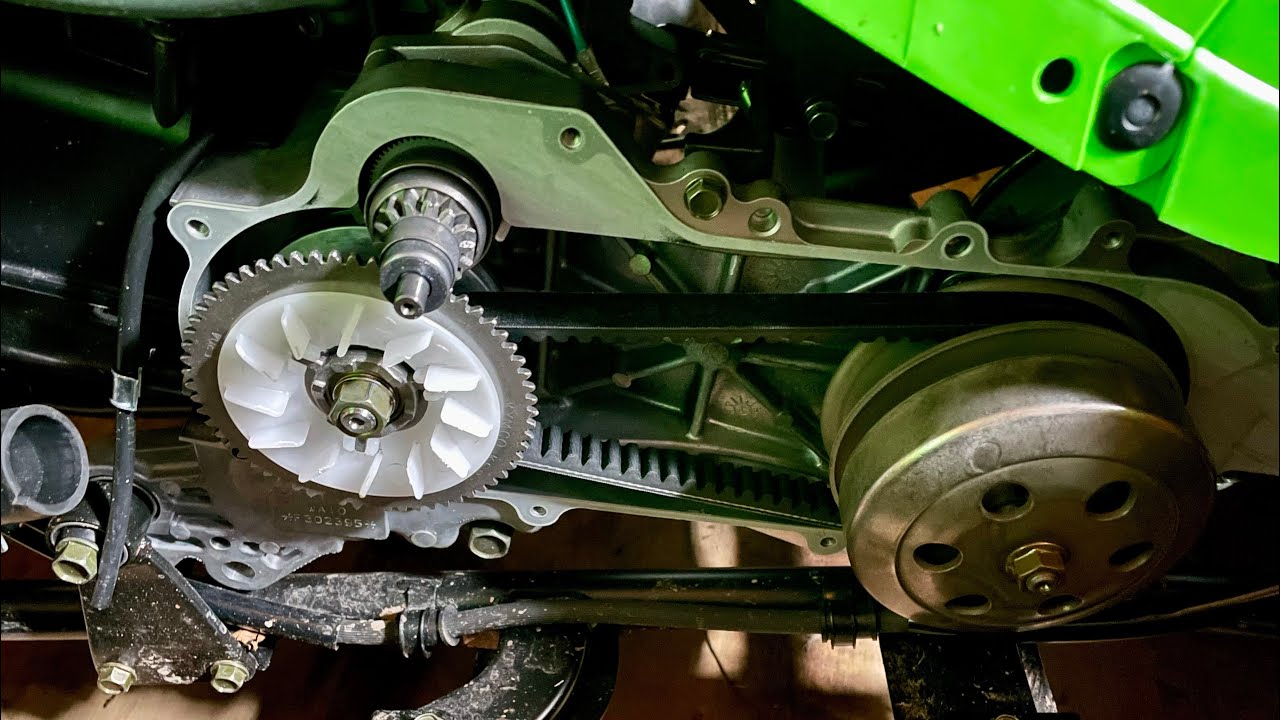
Some users have reported issues with the transmission not engaging properly or slipping, which can result in poor acceleration and performance. To address these issues, it is recommended to check the weight of the clutch rollers and springs to ensure they are within specifications.
Suspension issues can also contribute to transmission and clutch problems, so inspect the suspension components for any signs of wear or damage. In some cases, adjusting the screw on the throttle lever or replacing worn-out clutch plates may help resolve these issues. It is important to maintain your Kawasaki KFX 50 regularly and keep it in good condition to prevent throttling issues and ensure optimal performance.
3.Suspension And Handling Issues
These can include a stiff or bouncy ride, difficulty steering, or a feeling of instability. To address these issues, there are a few potential fixes to consider. First, check the suspension components for any signs of damage or wear, such as worn-out bushings or leaking shocks. Replacing these parts with high-quality replacements can help improve the overall handling and ride quality.
Additionally, it is important to maintain the fuel filter regularly and replace the transmission oil to ensure optimal performance. Finally, inspect all electrical components and connections for any loose wires or corrosion, as this can also affect the handling of the ATV. By addressing these issues and ensuring regular maintenance. Owners can enjoy a reliable machine that provides optimum performance on and off-road.
4.Fuel System Problems And Maintenance
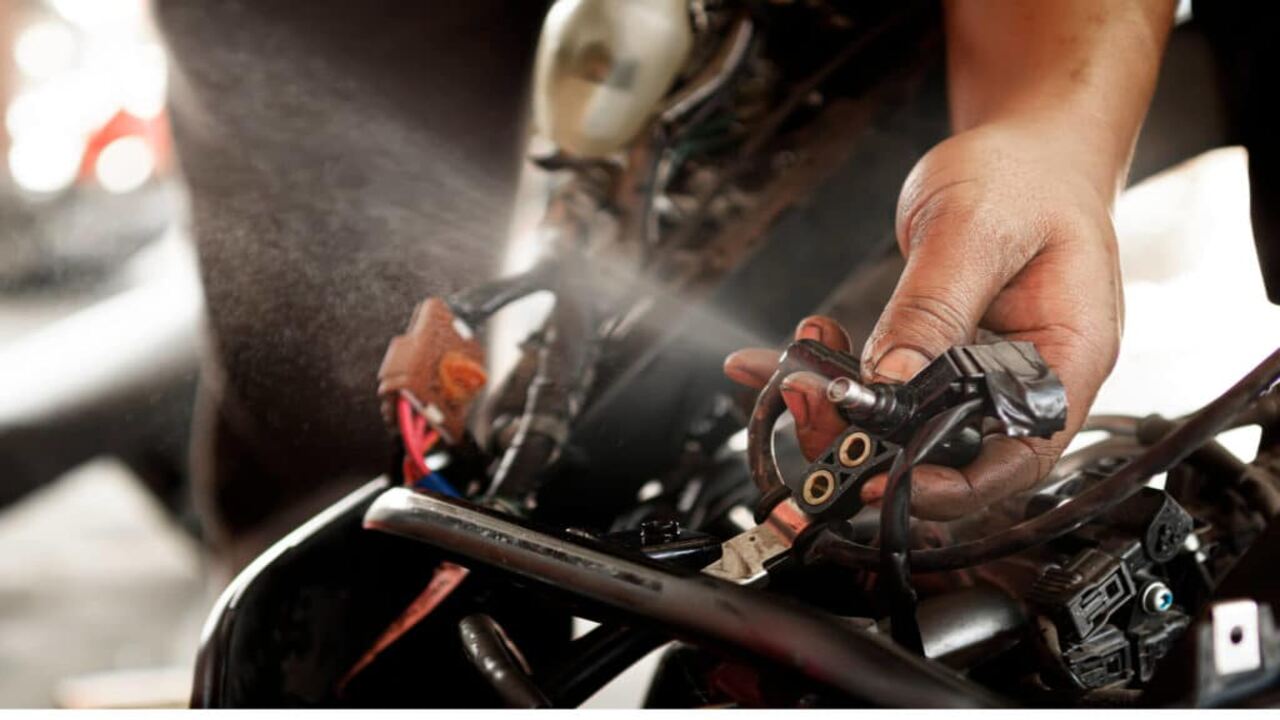
Some issues that can arise include difficulties with idling, a decrease in performance, or even engine stalling. These problems can often be attributed to a few different factors. One possible cause is a misadjusted idle screw, which can be adjusted to ensure proper idling. Another potential issue could be a leaky intake manifold, leading to air leaks and affecting the fuel mixture.
Regular maintenance of the fuel system, including cleaning and inspecting the carburetor, can help prevent these issues from occurring. Additionally, it is important to check and maintain the battery cells as low voltage can also affect the performance of the fuel system.
Finally, environmental factors such as dirt or water entering the fuel system should be avoided by keeping all connections tight and protected with electric tape. It is always recommended to consult the owner’s manual or seek professional assistance for any major repairs or if you are unsure about how to fix these issues yourself.
5.Brake And Wheel Problems
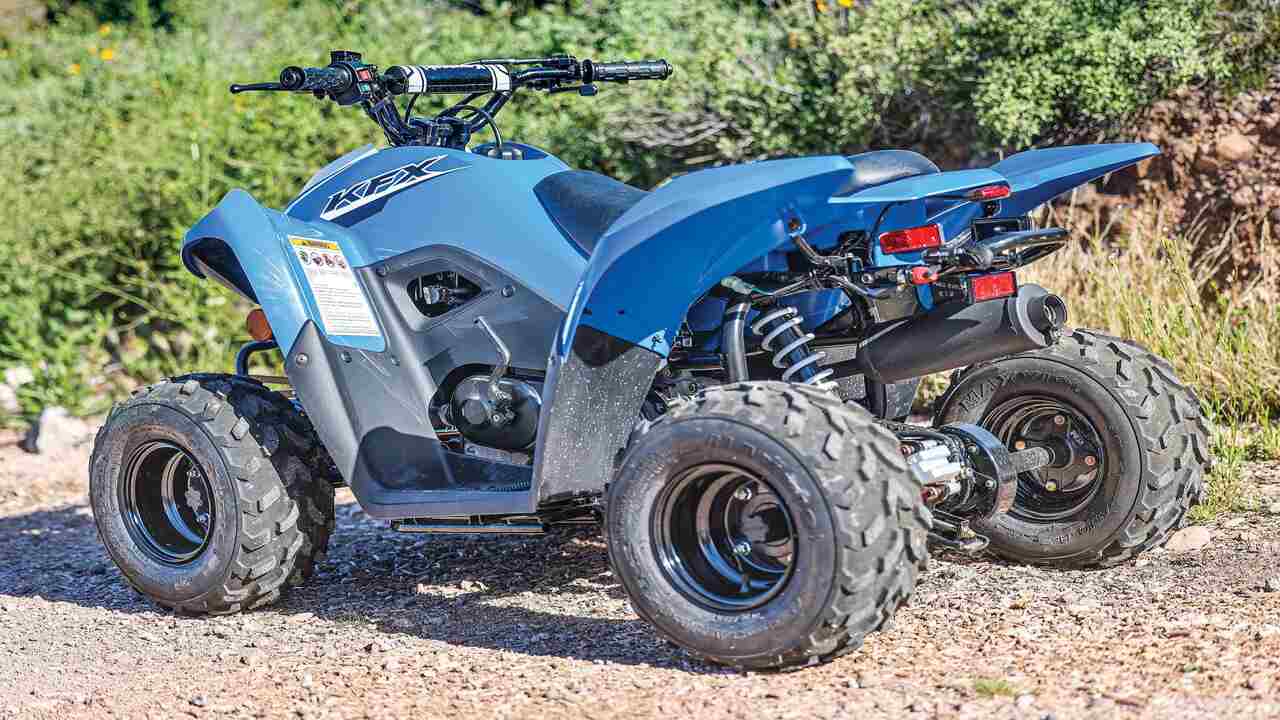
Some riders have reported difficulties engaging or disengaging the reverse gear, which can be frustrating and hinder the overall performance of the ATV. To fix this issue, it is recommended to check the reverse gear linkage and cables for any signs of damage or misalignment.
Adjusting or replacing these components as necessary can help improve the functionality of the reverse gear. This includes checking brake pads for wear, adjusting brake cables, and ensuring proper fluid levels. By addressing these common brake and wheel problems, Kawasaki KFX 50 owners can enjoy a smoother and safer riding experience.
6.Electrical Problems And Solutions
A common electrical problem that Kawasaki KFX 50 owners may encounter is a faulty spark plug. If the spark plug is worn out or damaged, it can cause issues with starting the engine or poor performance. To fix this problem, replace the spark plug with a new one.
Another electrical issue that may arise is a malfunctioning valve. The valve controls the flow of fuel and air into the engine, so if it becomes stuck or clogged. It can lead to starting problems or erratic engine behaviour. Cleaning or replacing the valve can help resolve this issue.
Additionally, mechanical issues such as a blocked hose or damaged wiring can also cause electrical problems in the Kawasaki KFX 50. Regular maintenance and repairs are essential to prevent and address these issues effectively.
What To Look For When Buying A Kawasaki KFX 50 Model?
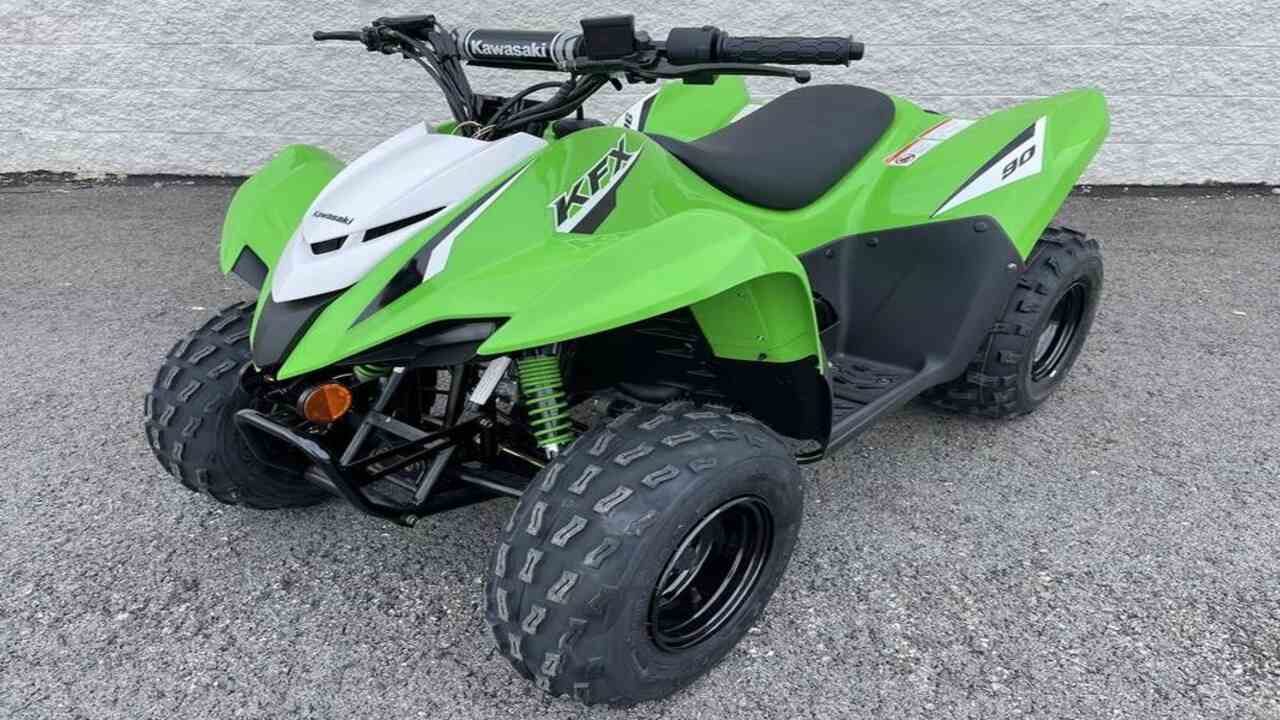
When buying a Kawasaki KFX 50 model, it is important to be aware of common problems that may arise and how to address them. By thoroughly inspecting these areas when buying a Kawasaki KFX 50 model, you can help ensure that you are making a wise investment and avoid potential problems in the future. Here are some key points to consider:
- Check the condition of the engine
- Examine the suspension
- Assess the electrical system
- Look for signs of wear and tear
- Consider maintenance history
Pay attention to the carbs and ensure they are cleaned and properly adjusted to avoid choking issues. Check the throttle limiter and ensure it functions correctly to prevent engine throttle stalling. Inspect any loose connections that could affect the fuel flow or vacuum system.
Additionally, check the transmission fluid and ensure it is at the appropriate level for smooth operation of the Variable Transmission. Remember that extreme temperatures or prolonged riding can put additional stress on the vehicle, so it’s crucial to choose a model that can withstand these conditions.
Which Model Has The Most Issues?

One of the most frequently reported issues is the fuel system, specifically the carburetor. Many owners have experienced difficulties starting their KFX 50 or noticed decreased performance due to carburetor issues. There are a couple of common problems that users might encounter.
One of the issues is the choke malfunctioning, which can cause difficulties in starting the vehicle. This could be due to problems with the automatic choke or the choke linkage. It is important to ensure that the choke system operation is correct and, if necessary, to carb clean to address any potential issues.
Additionally, it is recommended to check the tie-rod end nuts for proper tightness and inspect the choke plate for any signs of wear or damage. Overall, regular maintenance and proper care can help get the correct choke prevent these problems, and ensure the longevity of your Kawasaki KFX 50.
Conclusion
Facing Kawasaki KFX 50 problems can be a frustrating experience for kids and parents. However, like any vehicle, it has its fair share of problems. Here, we have discussed some of the most common issues that Kawasaki KFX 50 owners may encounter and provided helpful fixes for each problem.
By being aware of these potential problems and knowing how to address them, you can ensure that your Kawasaki KFX 50 continues to run smoothly and provides endless hours of fun for your little one. Don’t let these problems discourage you from enjoying the thrill of off-roading with your child – with the right knowledge and preparation, you can overcome any obstacle that comes your way.
FAQs
How Fast Is A 1000cc Four Wheeler?
A 1000cc four-wheeler can vary in speed depending on factors such as weight, engine power, and terrain. On average, a 1000cc four-wheeler can reach speeds of around 60-70 miles per hour.
What Is The Top Speed Of The KFX 50cc?
The top speed of the KFX 50cc is around 20-25 miles per hour.
How Fast Is a 100cc 4-Wheeler?
A 100cc 4-wheeler can typically reach speeds of around 30-40 miles per hour. However, the actual top speed may vary depending on factors such as terrain, weight of the rider, and other conditions.
How Much Is A KFX 50?
The price of a KFX 50 can vary depending on the location and condition of the vehicle. Checking with local dealerships or online marketplaces for current pricing information is recommended.
How Fast Is A 50cc Four Wheeler?
A 50cc four-wheeler typically has a top speed of around 25-35 miles per hour. However, the actual speed may vary depending on factors such as the weight of the rider and terrain conditions.
